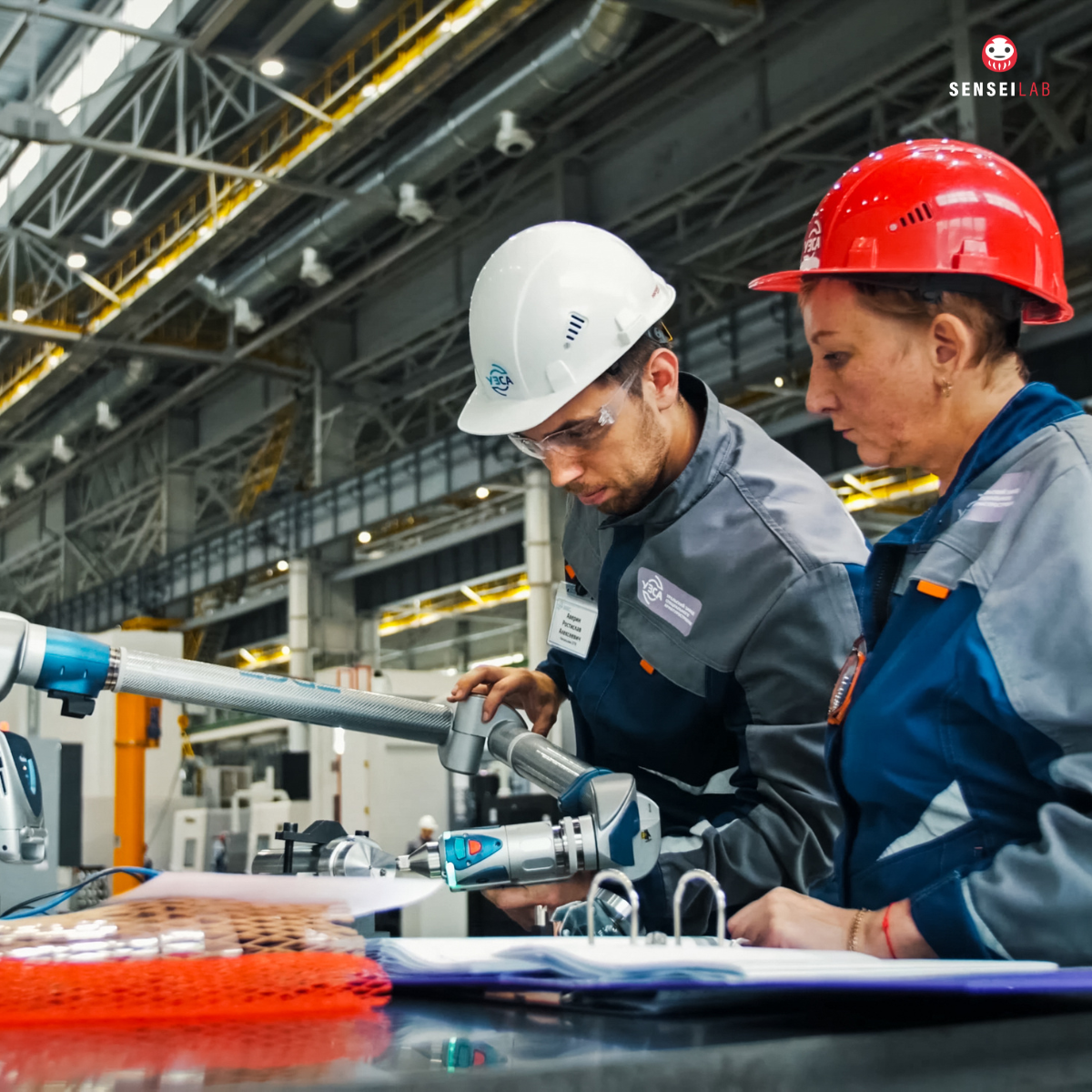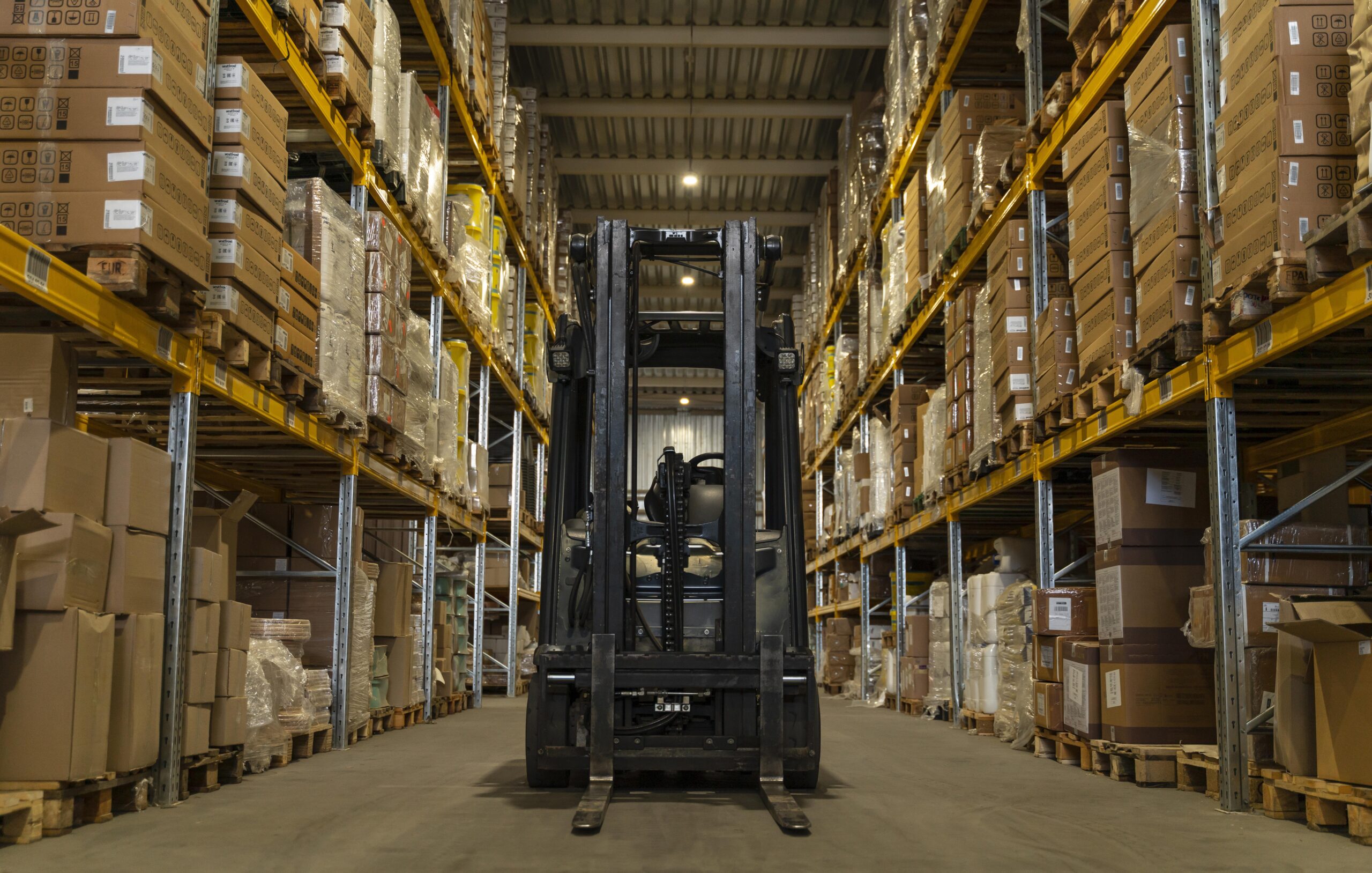In the world of aviation and aerospace, operational efficiency is everything. From precision manufacturing to on-time delivery, every element of the supply chain must function seamlessly to ensure safety, compliance, and profitability. Yet, one of the most overlooked aspects of operational excellence is supplier alignment.
Many organizations view suppliers as external entities—separate from their internal operations. However, the most successful companies recognize that suppliers are an extension of their own production system. When suppliers are aligned with your processes, goals, and Lean methodologies, the benefits ripple throughout the entire value stream.
Why Supplier Alignment Matters
- Consistent Quality and Reliability
Aviation and aerospace operate under stringent quality requirements. By ensuring suppliers adopt the same quality standards and continuous improvement mindset, companies reduce defects, rework, and costly delays. - Improved Lead Times
Just-in-time (JIT) principles aren’t just for internal operations; they apply to the supply chain as well. When suppliers understand your takt time and scheduling needs, they can synchronize deliveries to eliminate bottlenecks and excess inventory. - Cost Efficiency Without Compromise
Cost-cutting at the expense of quality leads to major risks in aerospace. Instead of pressuring suppliers for lower costs, companies that work collaboratively on waste reduction initiatives—such as reducing overproduction, excess handling, and long changeover times—achieve sustainable cost savings. - Risk Mitigation and Resilience
The recent global supply chain disruptions have shown how fragile traditional supply chains can be. When suppliers are integrated into your operational system, there is greater visibility into potential risks, allowing for proactive problem-solving rather than reactive firefighting.
How to Work Effectively with Suppliers
- Communicate Expectations Clearly
Define quality standards, lead time requirements, and operational processes upfront. The more clarity suppliers have, the fewer surprises down the road. - Develop Long-Term Partnerships, Not Transactions
Treat suppliers as strategic partners rather than cost-driven vendors. Invest in their growth, share best practices, and encourage joint improvement initiatives. - Align on Lean Principles
Suppliers should understand and adopt Lean methodologies such as 5S, standardized work, and value stream mapping. Consider conducting Lean workshops with suppliers to improve efficiency and eliminate waste together. - Establish Performance Metrics and Feedback Loops
Use key performance indicators (KPIs) such as on-time delivery, defect rates, and responsiveness to measure supplier performance. Regular reviews and feedback help ensure alignment and continuous improvement. - Encourage Transparency and Problem-Solving Culture
Foster an environment where suppliers feel comfortable flagging issues early rather than hiding them. A shared commitment to problem-solving leads to stronger collaboration and fewer last-minute surprises.
Final Thoughts
In aviation and aerospace, working effectively with suppliers isn’t just about procurement—it’s about operational excellence. Companies that treat suppliers as partners and integrate them into their Lean and operational systems create a supply chain that is more agile, reliable, and efficient.
When suppliers win, you win. By aligning goals, processes, and improvement efforts, organizations can build a competitive advantage that goes beyond cost savings—it drives sustainable success.




